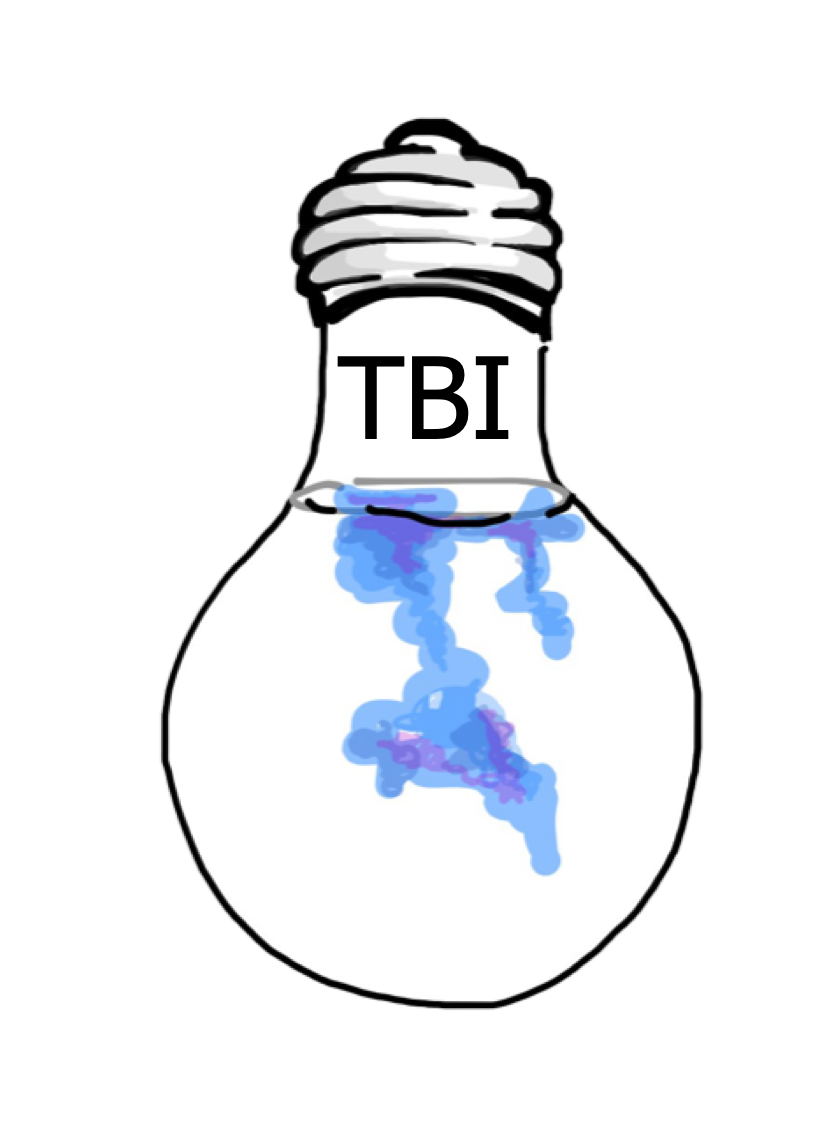Expressing Emotions through Toys
At LMPS, a team of Pre-K and Kindergarten teachers worked together on a collaborative lesson research cycle focused on helping young students understand and express their emotions. During their initial planning meetings, the teachers identified social-emotional learning as a key developmental goal for their students. They decided to create a lesson for the Pre-K3 classroom, aimed at introducing the concept of emotions and helping students develop the language to describe their feelings.
In the past, teachers typically helped students manage their emotions by offering comforting words or simple guidance when students appeared frustrated, excited, or confused during play. They would step in to help students resolve conflicts or express feelings when language fell short. Despite these efforts, each year they would continue to see many students struggle to clearly articulate their emotions and resolve social challenges independently.
After reviewing several potential resources, the team chose The Color Monster by Anna Llenas as a central text for the lesson. This book uses colors to represent different emotions, making it accessible and engaging for young children. The team discussed how they could design a lesson that would not only help students recognize emotions but also encourage them to express these feelings in their own words.
They decided to include a role-play activity using puppets and soft toys to provide hands-on, imaginative opportunities for students to practice expressing emotions. The team also discussed ways to monitor students’ engagement, language use, and understanding throughout the activity.
During their planning sessions, the PreK-4 and Kindergarten teachers contributed ideas for the Pre-K3 lesson plan, but they also discussed how they might extend the lesson in the future for older students.
Reading Circle
The Pre-K3 teacher implemented the lesson with her students. She gathered the children in a circle and began by reading The Color Monster. As she introduced each emotion in the book—happiness, sadness, anger, and calm—she paused and asked the children questions that the team had crafted: “When do you feel happy like the yellow monster?” or “What makes you feel sad like the blue monster?” The students shared their thoughts enthusiastically, relating the emotions in the story to their own experiences.
Role-Play with Soft Toys
After the story, the teacher invited students to the role-play area, which the team had carefully planned. The area was set up with puppets and soft toys, allowing students to choose a character and act out different emotions. As the children played, the teacher observed and gathered information as discussed in the team’s planning: How were the students expressing emotions through their characters? Were they able to describe why the puppet or toy was feeling a certain way?
One student held a teddy bear and explained, “My teddy is sad because he lost his friend.” Another student used a puppet to show happiness: “My monster is happy because he got a big hug!” The teacher, using strategies the team had developed, asked guiding questions like, “What can we do to help teddy feel better?” and “What else makes your monster happy?” These prompts encouraged the children to expand their emotional vocabulary and think about solutions to common emotional challenges.
To conclude the lesson, the teacher brought the students together and used a feelings chart with faces representing different emotions. Each child placed a magnet on the face that showed how they were feeling at that moment. The team had chosen this closing activity to reinforce the lesson and provide a concrete way for students to recognize and express their current emotions.
Lesson Discoveries and Insights
After the lesson, the teacher team reconvened to reflect on the implementation. The PreK3 teacher shared her observations: students were highly engaged in the role-play, and many were able to articulate their emotions and explain why their toys felt a certain way. The team brainstormed adjustments for future lessons, including ways to support students who were less vocal during the activity.
The team discovered that the key to nurturing emotional understanding was to create a safe, structured environment where students could express emotions both verbally and non-verbally through play.
By encouraging students to share their feelings through toys, students became more comfortable talking about emotions and were more eager to explain why their characters felt certain ways. This helped foster emotional growth and gave students practical language for expressing their own feelings in everyday situations.

